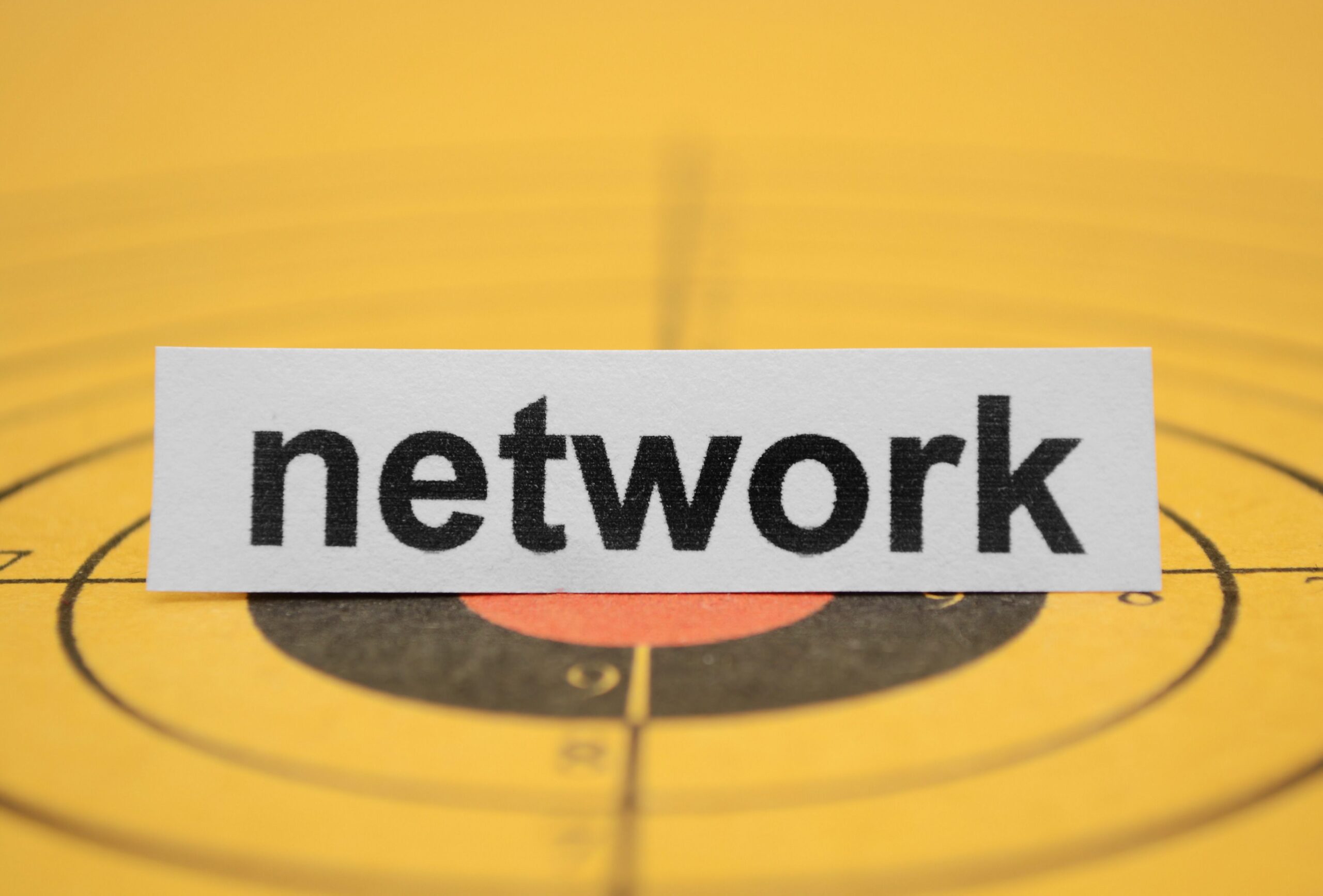The winners for the JPL-led “Honey, I Shrunk the NASA Payload” challenge have been announced, and the miniature robotic designs could help the agency explore the Moon.
NASA’s next giant leap may be aided by tiny lunar robots. These miniature robots would help scout the lunar surface, collecting key information about the Moon, its resources, and the environment. Such data would be helpful for the agency’s future lunar endeavors and NASA’s Artemis program.
In April, NASA’s Jet Propulsion Laboratory in Southern California ran a public prize competition for miniature payload designs for future Moon missions. The “Honey, I Shrunk the NASA Payload” challenge garnered the interest of hundreds of innovators. Now, the winners have been announced.
“The ideas generated by the community were outstanding,” said Sabah Bux, a technologist at JPL. “These designs could help NASA sustain a human presence on the Moon and enable new science.”
Existing payloads are often big, heavy, and require a lot of power. Tiny payloads allow for the development of technologies that can do more prospecting and science on smaller, more mobile platforms. This challenge sought designs for payloads not much larger than a bar of soap – 3.9 inches by 3.9 inches by 1.9 inches (10 centimeters by 10 centimeters by 5 centimeters) – and weighing no more than 0.8 pounds (0.4 kilograms).
Submissions were divided among two categories: lunar resource potential and lunar environment. A total of $160,000 in prizes was awarded.
Category 1: Lunar Resource Potential
First Prize: $30,000
Second Prize: $15,000
Third Prize: $5,000
Honorable Mentions
Category 2: Lunar Environment
First Prize: $30,000
Second Prize: $15,000
Third Prize: $5,000
For more information about the winners of this challenge, visit:
www.herox.com/NASApayload/131-meet-the-winners
You can also participate in a moderated discussion with the NASA challenge team, hosted by HeroX, on Aug. 6 at 1 p.m. EDT (10 a.m. PDT). Register here.
The challenge is expected to be followed by new competitions to prototype, test, and deliver the winning ideas. It is also intended to generate a maturation pipeline of next-generation instruments, sensors, technologies, and experiments for near-term lunar exploration.
The challenge was funded by NASA’s Lunar Surface Innovation Initiative within the agency’s Space Technology Mission Directorate (STMD). The initiative champions technologies needed to live on and explore the Moon. The NASA Tournament Lab, part of STMD’s Prizes and Challenges program, managed the challenge. The program supports the use of public competitions and crowdsourcing as tools to advance NASA R&D and other mission needs.
Learn more about opportunities to participate in your space program via NASA prizes and challenges:
Artemis includes sending a suite of new science instruments and technology demonstrations to study the Moon, landing the first woman and next man on the lunar surface by 2024, and establishing a sustained presence by 2028. The agency will leverage its Artemis experience and technologies to prepare for the next giant leap – sending astronauts to Mars.
News Media Contact
Ian J. O’Neill
Jet Propulsion Laboratory, Pasadena, Calif.
818-354-2649
ian.j.oneill@jpl.nasa.gov
Sarah Schlieder
NASA Johnson Space Center
281-244-2999
sarah.e.schlieder@nasa.gov
Clare Skelly
NASA Headquarters, Washington
202-358-4273
clare.a.skelly@nasa.gov
Written by Sarah Schlieder
2020-136


